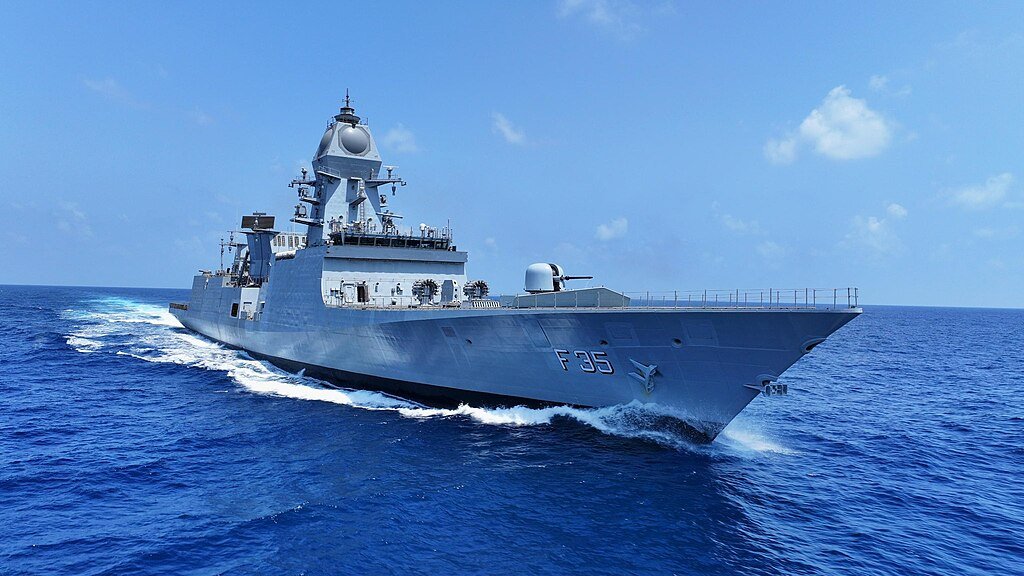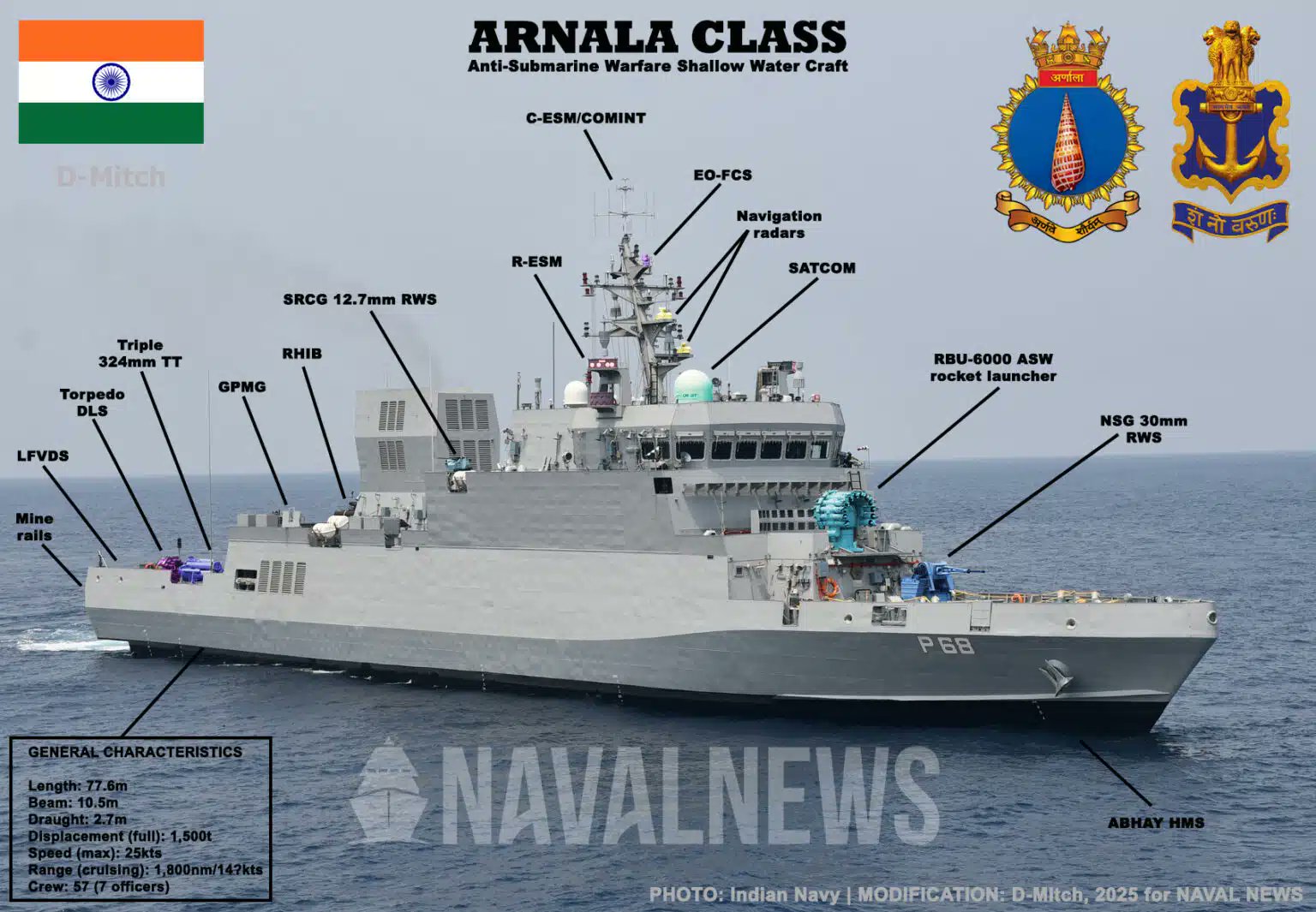Project 17A (Nilgiri) Class will be succeeded by Project 17B, of which 7 - 8 vessels are planned.
The problem are the next set of destroyers ---> https://x.com/Parthu_Potluri/status/1880621217755099266
Project 17A (Nilgiri) Class will be succeeded by Project 17B, of which 7 - 8 vessels are planned.

The two contract workers were arrested for leaking sensitive info about INS Kadamba to a Pakistani operative, allegedly after being honey-trapped on Facebook.
Not an unknown issue. Flexible modularity is chased by all branches of the military. The IA wanted a modular, multi-caliber battle rifle.Rakesh wrote: ↑21 Feb 2025 09:22 Indian Navy’s Biggest Weakness
https://battlemachines.org/2025/02/19/i ... -weakness/
19 Feb 2025
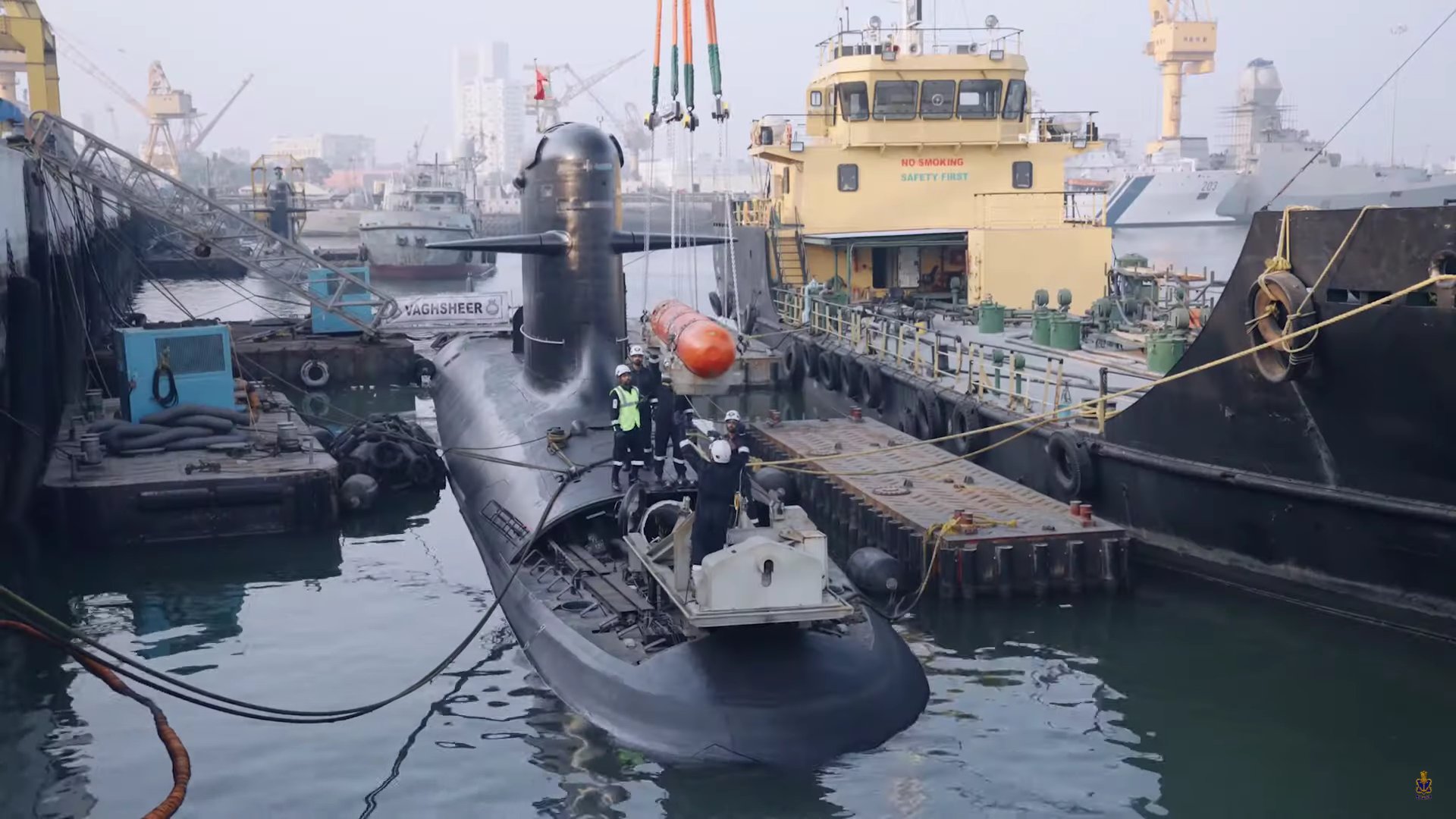
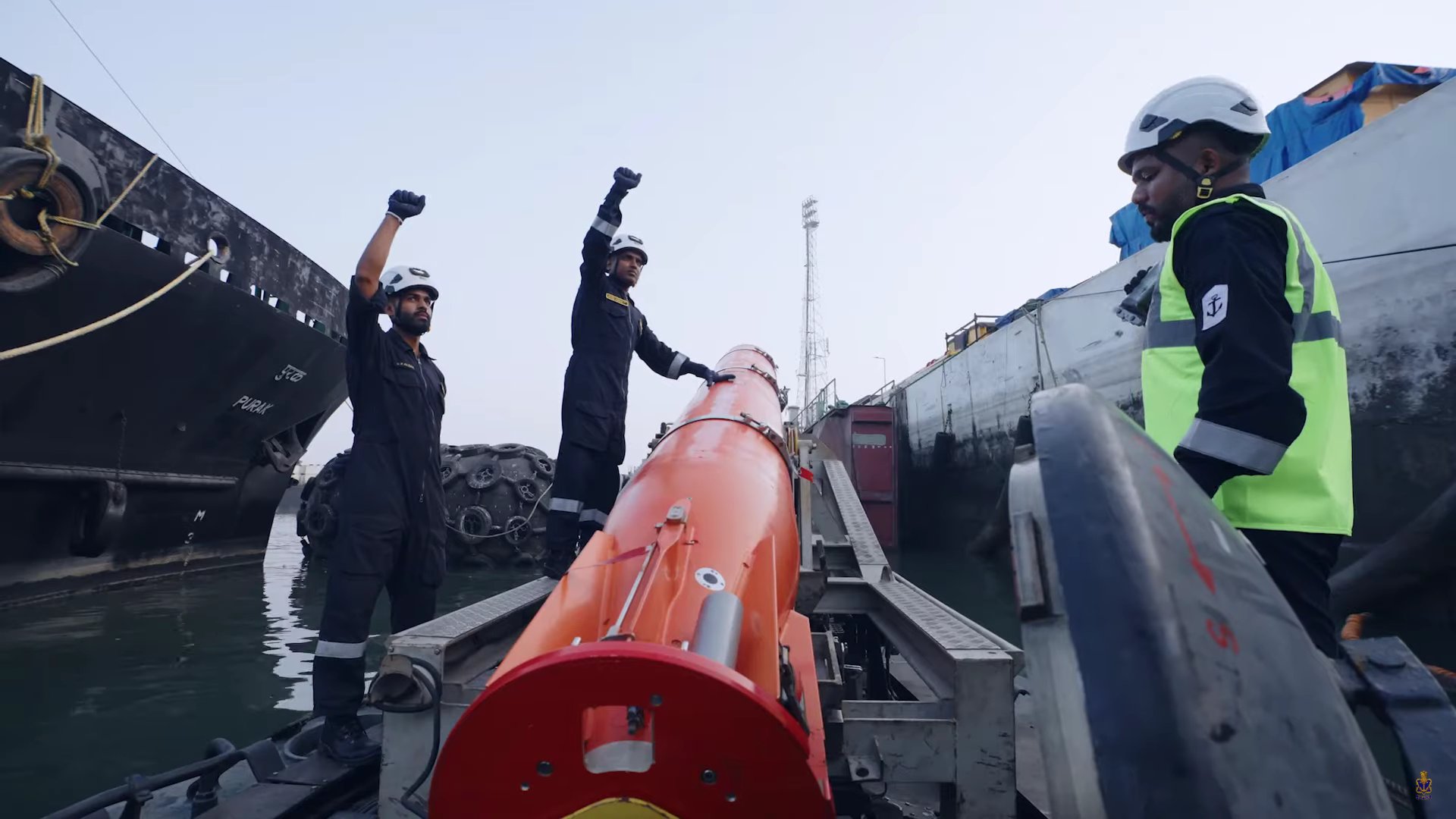
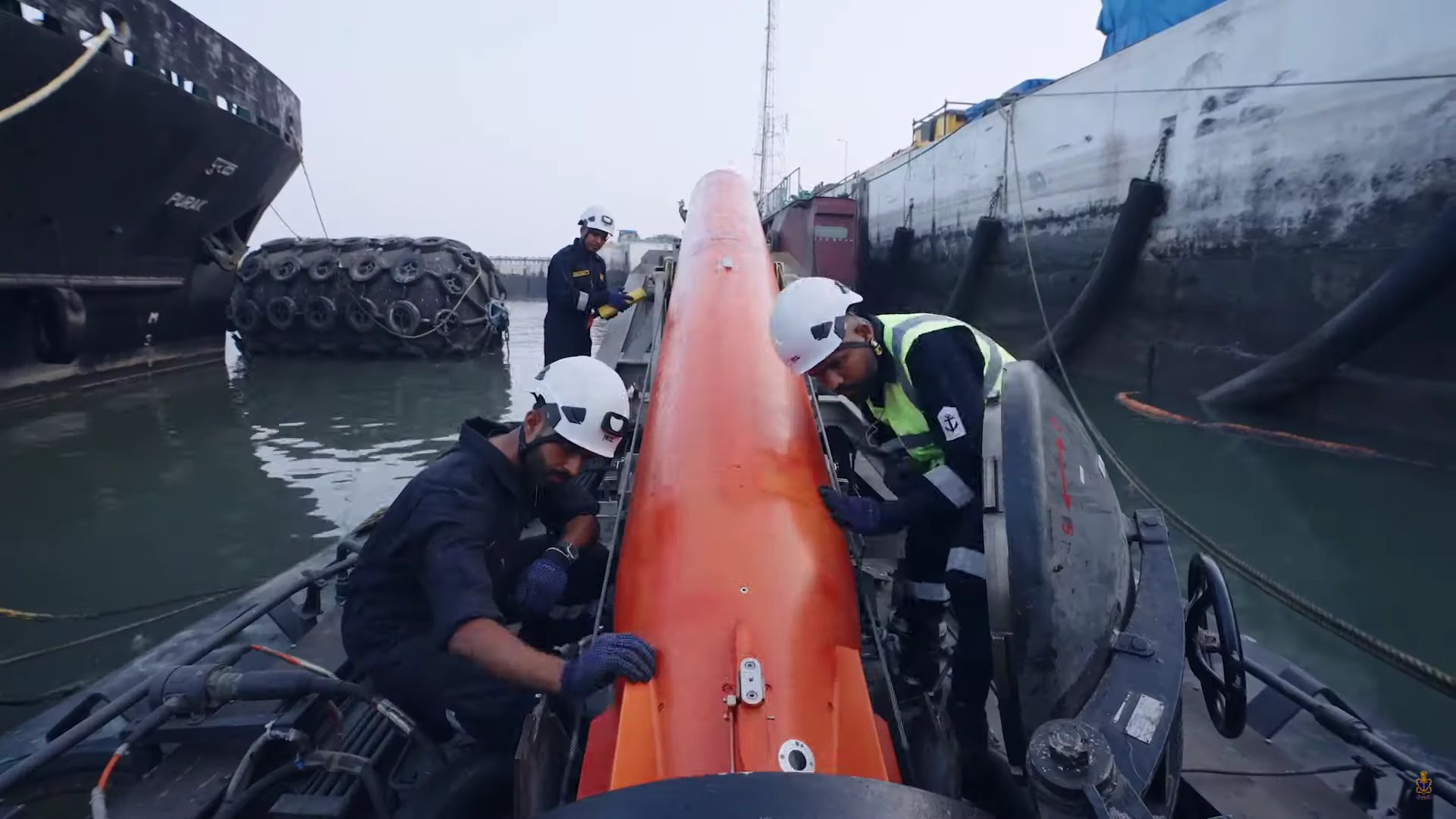

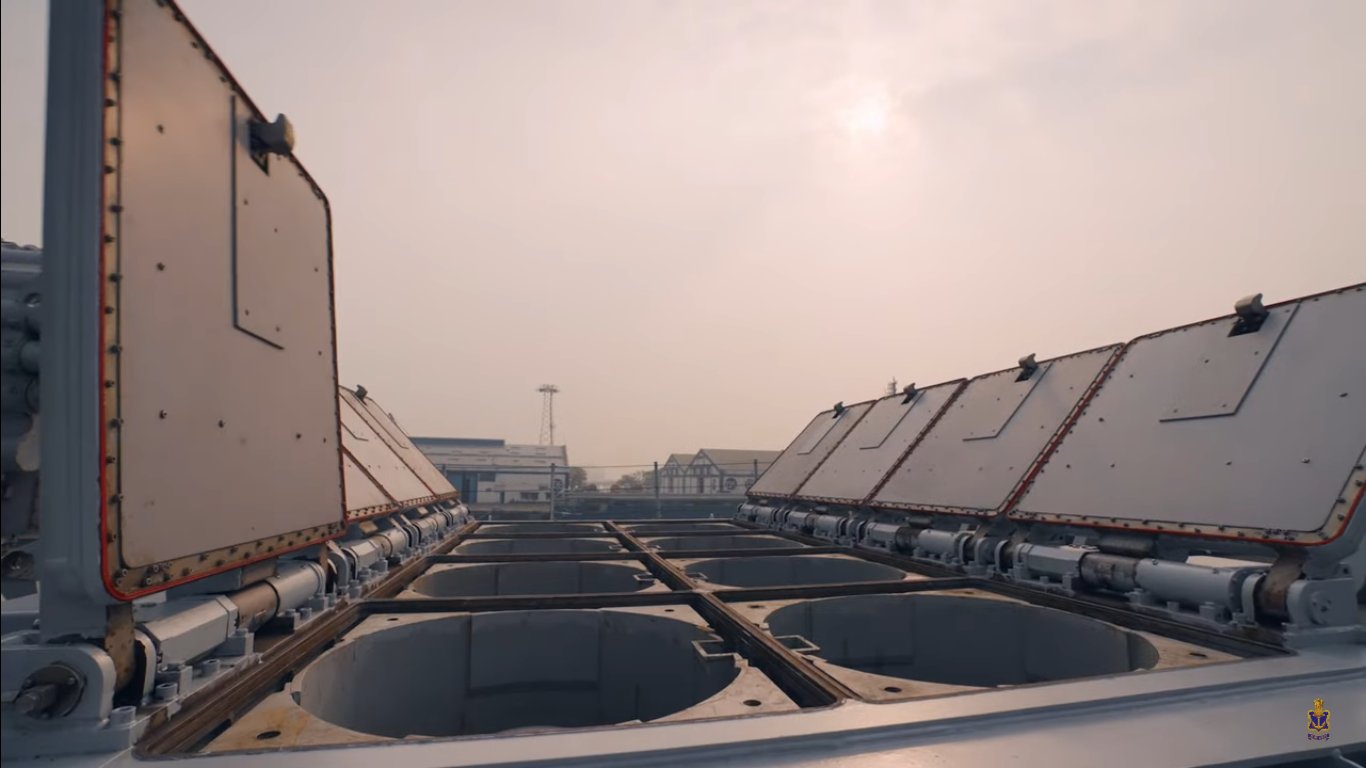
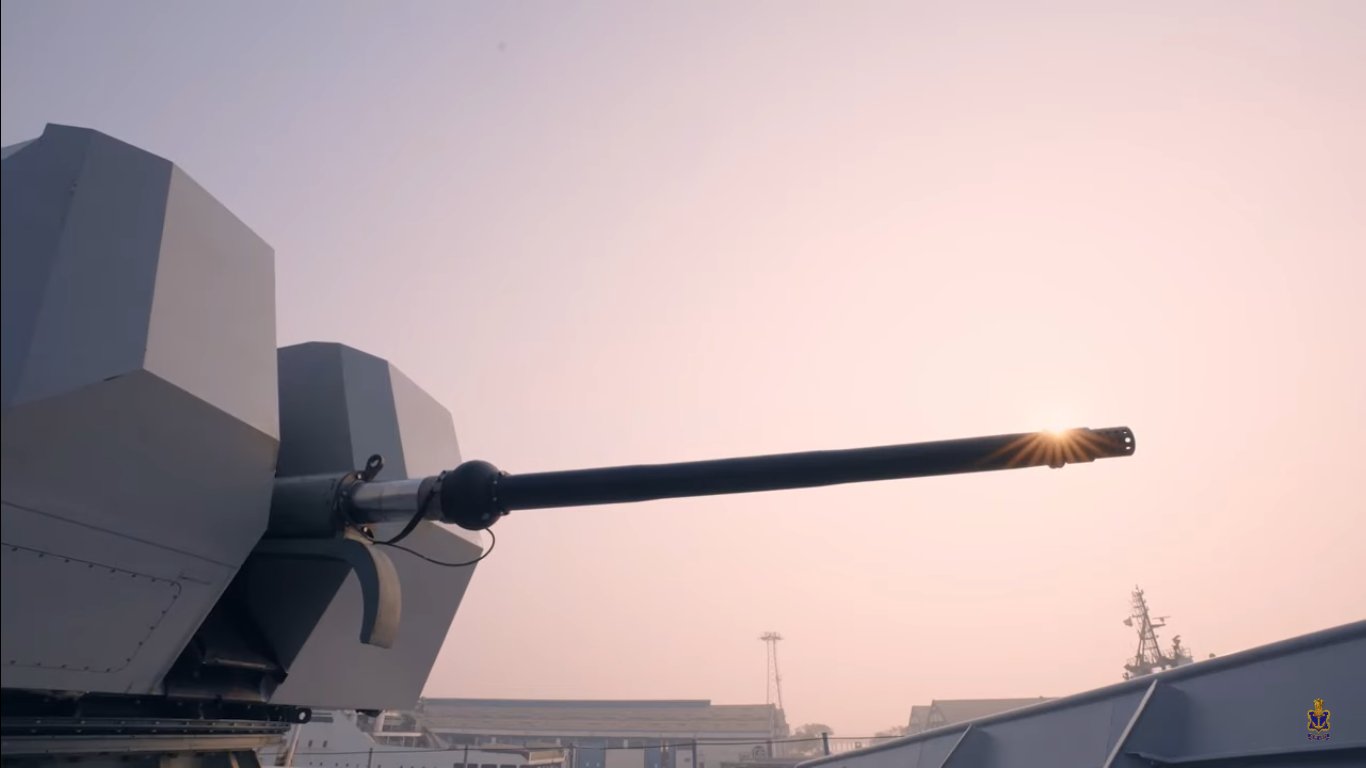
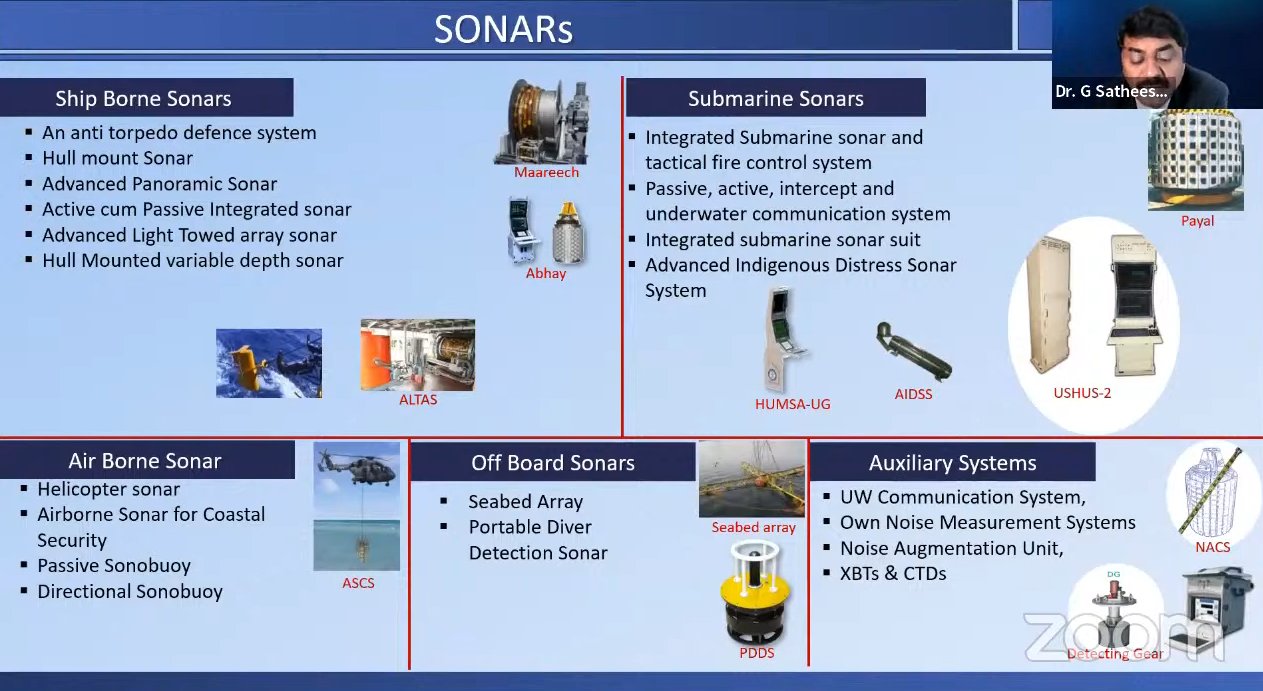
more than enough to send the whole of Pakistan to stone age !!Rakesh wrote: ↑11 Feb 2025 21:17 Please drag and drop this picture into a new browser window for full size.
https://x.com/Mark99xm/status/1888116585988067418 ---> About 120+ BrahMos and 536+ SAMs.
Three sailors were killed and another 11 injured in the blast that took place in the destroyer’s air conditioning compartment
Three sailors were killed and another 11 injured in the blast that took place in the destroyer’s air conditioning compartment
In a major blow to transnational drug syndicates, the Indian Coast Guard (ICG), in coordination with the Gujarat Anti-Terrorism Squad (ATS), seized over 300 kg of high-grade methamphetamine valued at approximately Rs 1,800 crore during a high-risk overnight operation conducted on April 12–13.
Acting on specific intelligence provided by the Gujarat ATS, an ICG ship on multi-mission deployment off the North Maharashtra–South Gujarat coast was redirected to intercept a suspect vessel attempting a mid-sea narcotics transfer near the International Maritime Boundary Line (IMBL). Upon detecting the approaching Indian vessel, the suspect boat dumped its illicit consignment into the sea and fled towards international waters.
Despite a swift pursuit, the vessel managed to cross the IMBL, putting it beyond Indian jurisdiction. However, the ICG deployed a fast sea boat, which, after a meticulous night-time search, successfully recovered the narcotics dumped overboard. The contraband has since been brought to Porbandar for further investigation, according to the Defence Ministry.
30x165 mm High Explosive Pre fragmented ammunition with Proximity fuse for AK630.
The PF equipped shells are meant for counter drone applications.
Ordinary shells need to hit the drone in order to explode. PF enables the shell to explode within a certain distance from target.
#IndianNavy's latest indigenous guided missile destroyer #INSSurat successfully carried out a precision cooperative engagement of a sea skimming target marking another milestone in strengthening our defence capabilities.
Proud moment for #AatmaNirbharBharat!
@SpokespersonMoD @DefenceMinIndia
India has revealed that it is building a “secret” submarine base at Rambilli in the southeastern state of Andhra Pradesh. Strategically located along the western edge of the Bay of Bengal, this base has been designed specifically to allow India’s submarines to evade enemy detection and survive a nuclear strike.
The base will eventually hold 12 or more submarines. The INS Aridhaman, India’s third domestically made nuclear-powered submarine, is expected later this year. What makes the INS Varsha so critical to Delhi’s long-term strategy of ‘sea denial’ towards China? And will it become the cornerstone of India’s second-strike capability?
Our guests:
Mumin Chen
National Chung Hsing University Graduate Institute of International Politics Professor
Alexander Huang
Council on Strategic and Wargaming Studies Chair and Kuomintang (KMT) International Affairs Director
That is *NOT* a Kilo (Sindhughosh) Class submarine, but a HDW 209, Type 1500 (Shishumar) Class boat.
ah! thanks for the correction. For a while I was shocked thinking this was desi juggad. but now it all makes sense. Earlier these would fire exocets, now harpoons.Rakesh wrote: ↑06 May 2025 00:50That is *NOT* a Kilo (Sindhughosh) Class submarine, but a HDW 209, Type 1500 (Shishumar) Class boat.
The silhouette of the boat, right in the beginning of the video is a dead giveaway.
All Kilo Class boats start with the name Sindhu and all HDW 209 boats start with "Sh"
It means now we can track all ships in the concerned area? If a ship is not cooperating to send it's identity then we can sense it and track it with another military satellite? Hard to believe that even USA lacks this capability. Can anyone explain the implications of it?it’s 2025, and we still have no persistent visibility over 70% of the planet. that leaves us blind to illegal fishing, smuggling, sanctions violations, and oil spills.
this is a $50b+ global blind spot for governments and cross-border trade. governments are still flying aircraft to spot illegal ships. hedge funds rely on ships self-reporting their locations, which can be spoofed or turned off, and on expensive legacy satellite systems that revisit key regions once every 15 days. no one has figured out how to make maritime surveillance accurate, scalable, and real-time- yet.
@piersightspace is building the world’s first dedicated SAR + AIS satellite constellation, purpose-built for maritime intelligence to deliver real-time insight into what’s really happening at sea, with 30-minute revisit times, not weeks.
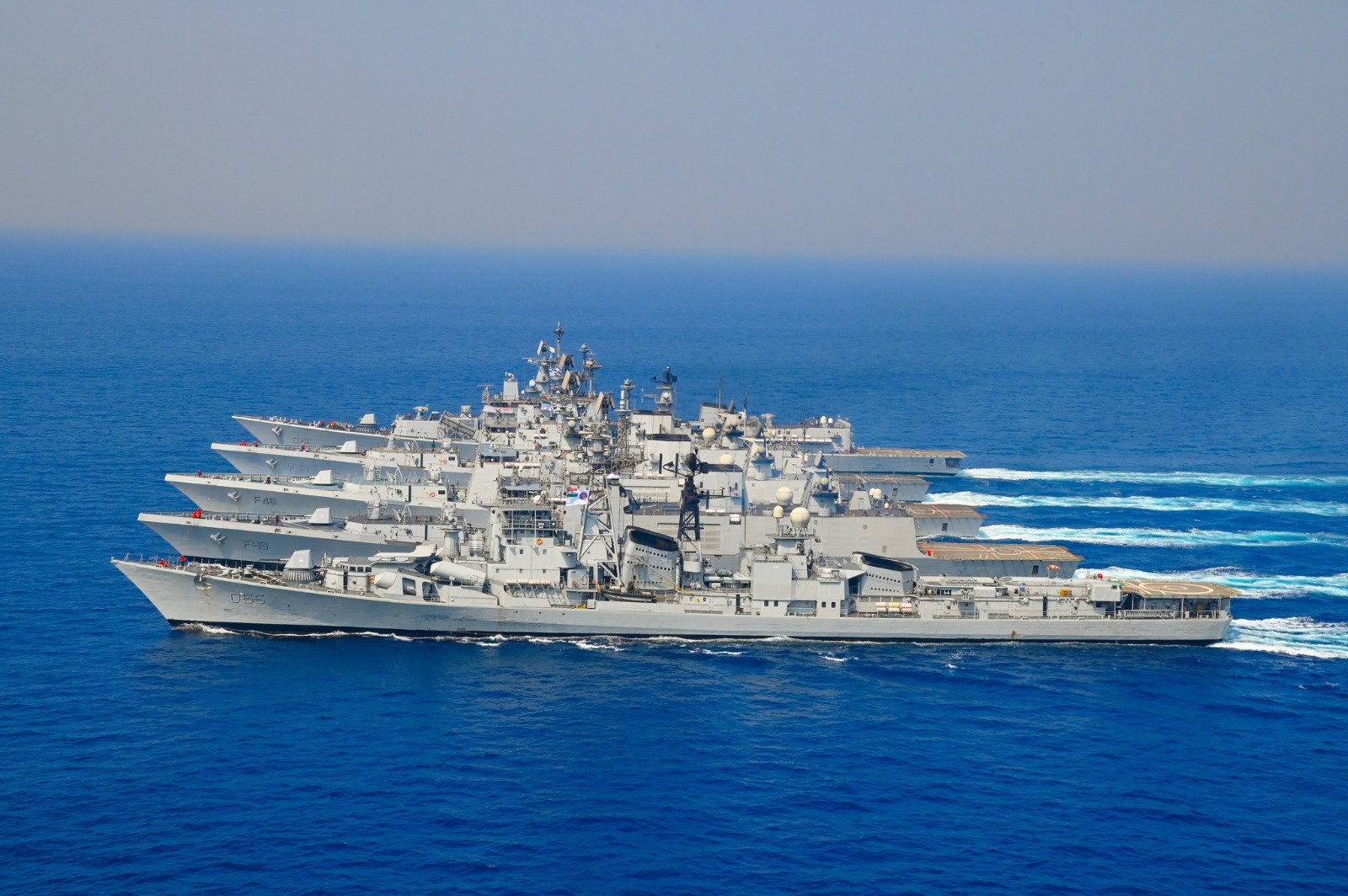
NEW DELHI: India has revived its long-pending case for the indigenous construction of 12 specialized warships to detect, track and destroy underwater mines laid by enemy forces to choke harbours and ports, disrupt shipping and maritime trade.
Defence ministry sources say the procurement case for the 12 advanced minesweepers or mine countermeasure vessels (MCMVs) for the Navy, at an estimated cost of around Rs 44,000 crore, will soon be placed before the Rajnath Singh-led defence acquisitions council for the grant of “acceptance of necessity (AoN)”.
The “open tender” or RFP (request for proposal) will then be issued for Indian shipyards to submit their techno-commercial bids. “It will take at least 7-8 years, if not more, for the first MCMV to roll out after the contract is inked,” a source said.
The MCMVs are crucial in the backdrop of Chinese nuclear and conventional submarines, which can quietly lay mines, regularly coming to the Indian Ocean Region. Pakistan, too, is rapidly adding to its underwater combat fleet, with eight new Yuan-class diesel-electric submarines to be delivered by China.
The Indian Navy, alarmingly, does not have a single MCMV at present, with its earlier six Karwar-class and two Pondicherry class of minesweepers having progressively retired several years ago.
The force is making do with “clip-on mine countermeasure suites” mounted on some ships to plug the critical capability gap when it needs 24 MCMVs to guard the country’s 7,516-km long coastline with 13 major ports and over 200 minor ones.
Both state and non-state actors can choke harbours and ports by planting underwater mines, which are cheap and relatively easy to use, to blow up warships, merchant vessels and tankers.
The acquisition case for 12 MCMVs had begun way back in July 2005, which eventually led to Goa Shipyard tying up with South Korea firm Kangnam to build the specialized vessels. The negotiations, however, remained deadlocked on the costs, technology transfer and build strategy. The Rs 32,000 crore project was finally scrapped by the MoD in 2017-2018.
With a displacement of around 900-1,000 tonne, the MCMVs have non-magnetic hulls and high-definition sonars, acoustic and magnetic sweeps to detect marooned and drifting mines. The vessels then use remote-controlled systems like small underwater vehicles to detonate the mines at safe distances.
The over 130-warship Navy, of course, played a silent but crucial role during Operation Sindoor earlier this month in dissuading Pakistan from escalating hostilities by forward deploying its aircraft carrier INS Vikrant, warships and submarines in the northern Arabian Sea.
The force currently has 60 warships and vessels under construction in Indian shipyards, while it will also commission its second 3,900-tonne multi-role frigate built in Russia as INS Tamal at Kaliningrad next month.
It also has the initial approval or AoNs for another 31 warships, including seven new-generation frigates, eight corvettes and six stealth diesel-electric submarines. The MCMVs will add to the numbers.
The Navy, however, will reach a force-level of just about 160 warships by 2030, given the slow pace of construction in Indian shipyards as well as the progressive decommissioning of older warships, as earlier reported by TOI.
1. 7-8 years is woefully slow to build ~1000 ton ship, it is because our shipyards don't have the technological capability to build MineSweepers ?VinodTK wrote: ↑27 May 2025 00:43 “It will take at least 7-8 years, if not more, for the first MCMV to roll out after the contract is inked,” a source said.
....
The acquisition case for 12 MCMVs had begun way back in July 2005, which eventually led to Goa Shipyard tying up with South Korea firm Kangnam to build the specialized vessels. The negotiations, however, remained deadlocked on the costs, technology transfer and build strategy. The Rs 32,000 crore project was finally scrapped by the MoD in 2017-2018.
NEW DELHI: The Navy is now set to commission the first of the 16 specialised small warships, designed for anti-submarine warfare and low-intensity maritime operations along the coast, being built at Indian shipyards at an overall cost of Rs 12,622 crore.
The first anti-submarine warfare shallow water craft, built by Kolkata-based defence shipyard Garden Reach Shipbuilders & Engineers (GRSE) in collaboration with L&T Shipbuilders, will be commissioned as INS Arnala at Visakhapatnam in the presence of chief of defence staff General Anil Chauhan on June 18.
The 77-metre-long craft, with a displacement of 1,490 tonne and equipped with state-of-the-art underwater sensors, is the largest Indian warship till now to be propelled by a diesel engine-waterjet combination.
"The warship incorporates over 80% indigenous content and integrates advanced systems from leading Indian defence firms, including Bharat Electronics Limited, L&T and Mahindra Defence," an officer said.
GRSE and Cochin Shipyard are each building eight of these warships under twin Rs 6,311 crore contracts inked with them in April 2019. All the warships are supposed to be delivered by 2028.
Named after the historic Arnala Fort off Vasai in Maharashtra, the first of these 16 warships reflects India's rich maritime heritage.
Rakesh wrote: ↑04 Jul 2025 20:43 INS Udaygiri Delivered: Boost to Aatmanirbharta in Naval Shipbuilding
https://chakranewz.com/critical-technol ... ipbuilding
01 July 2025
